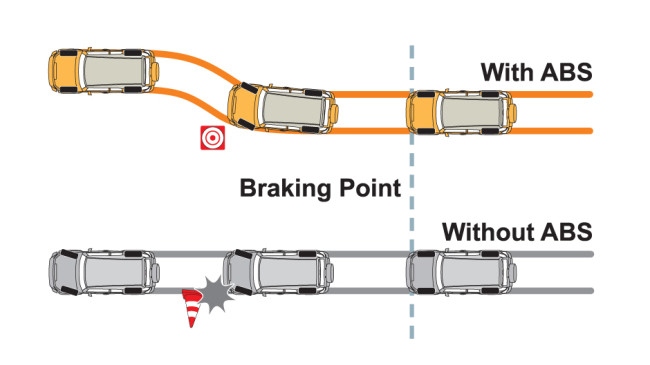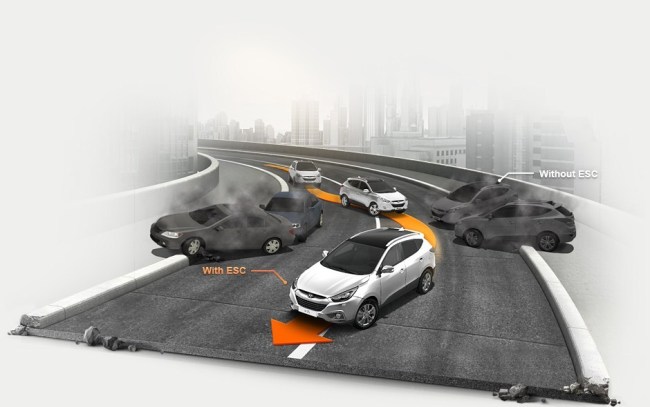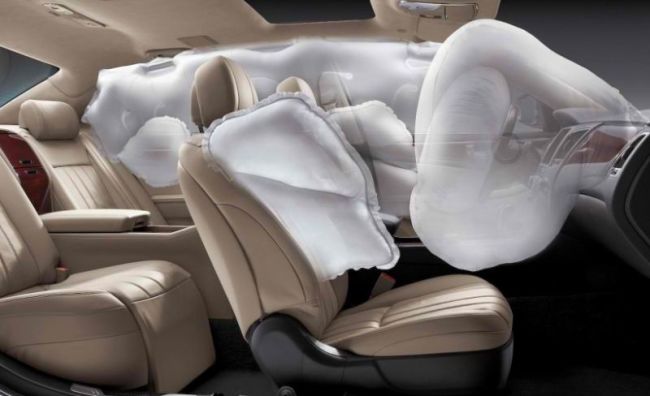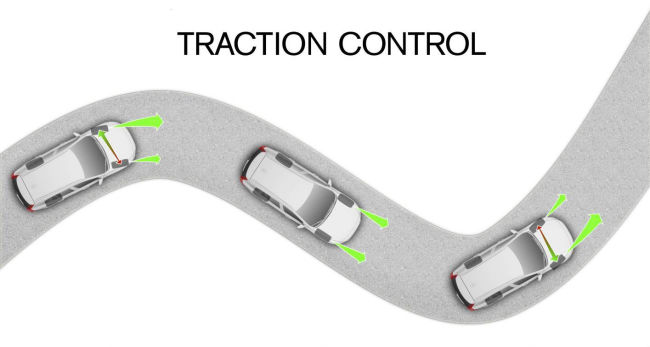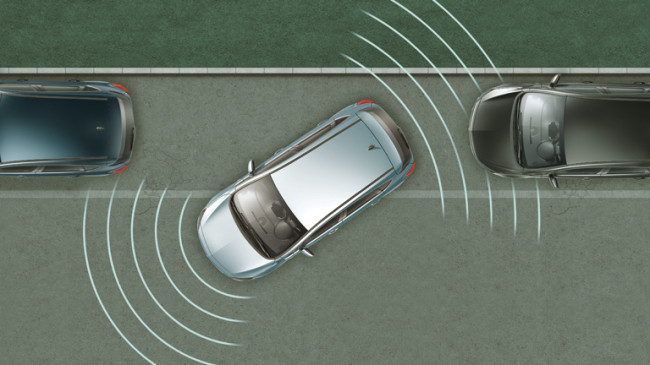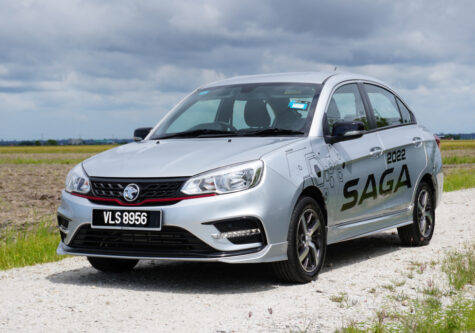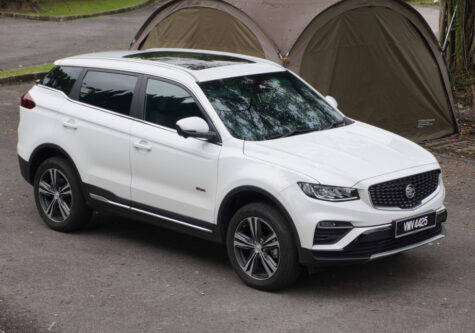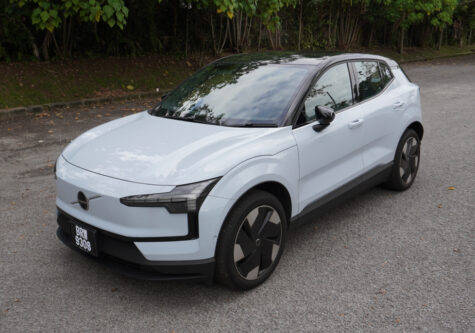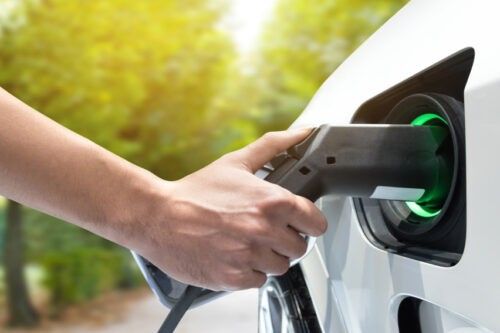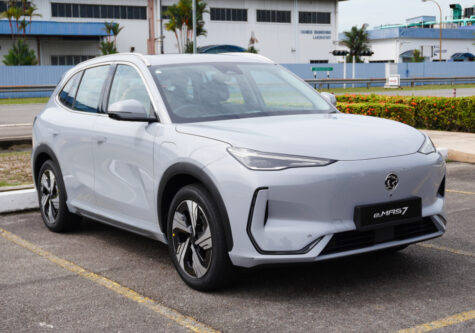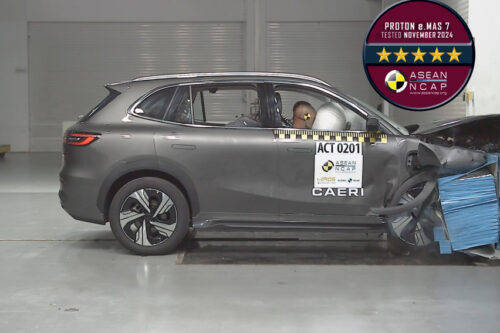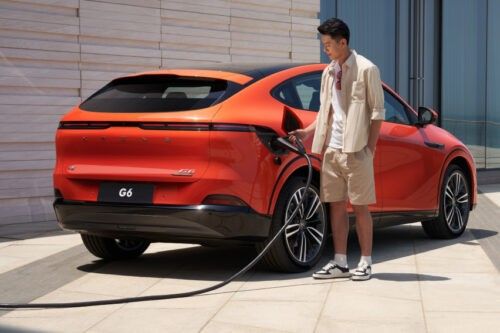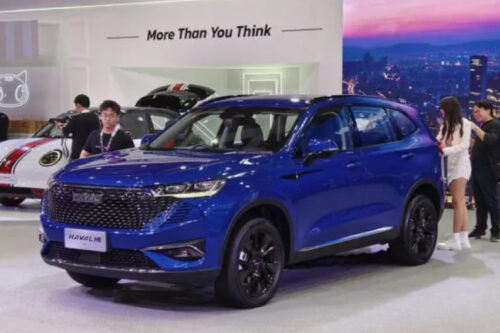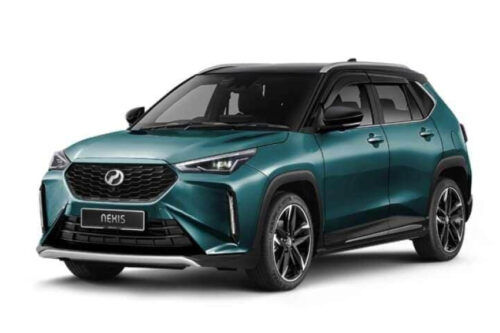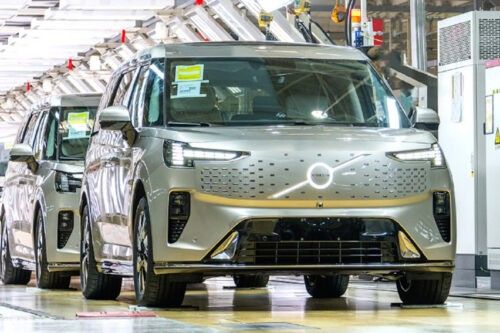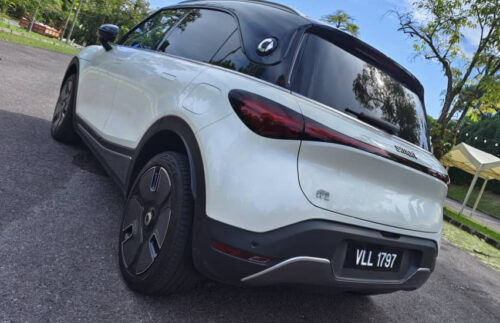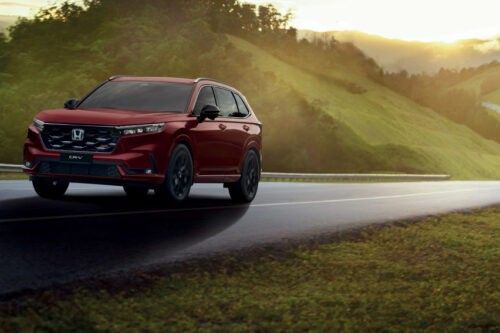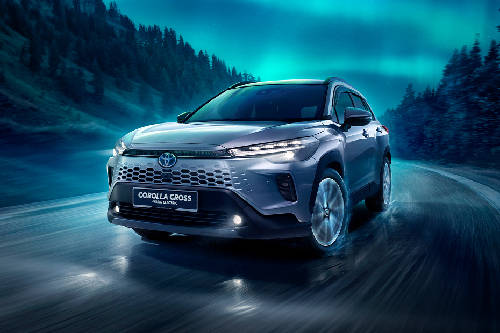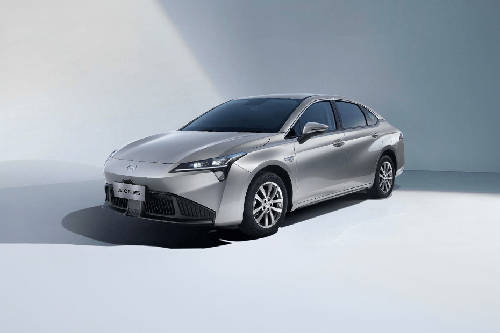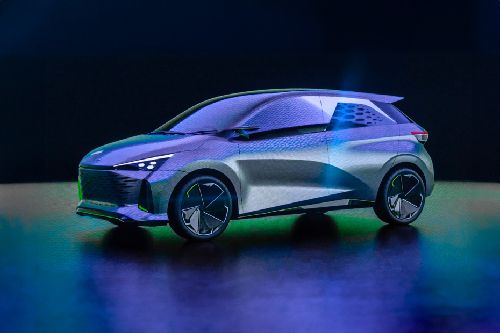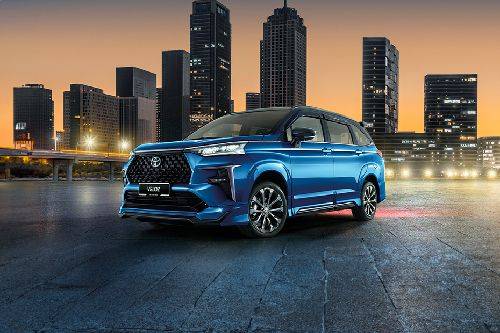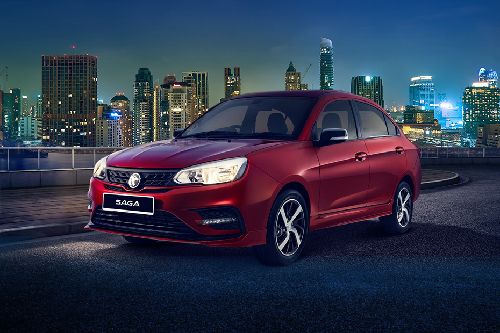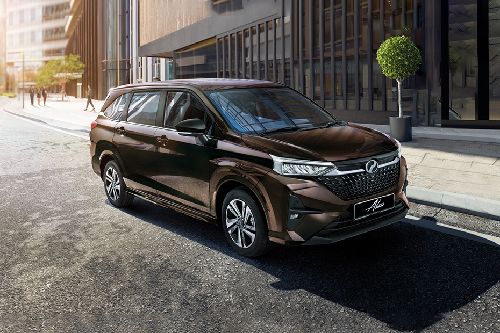5 Safety Features Your New Car Must Have
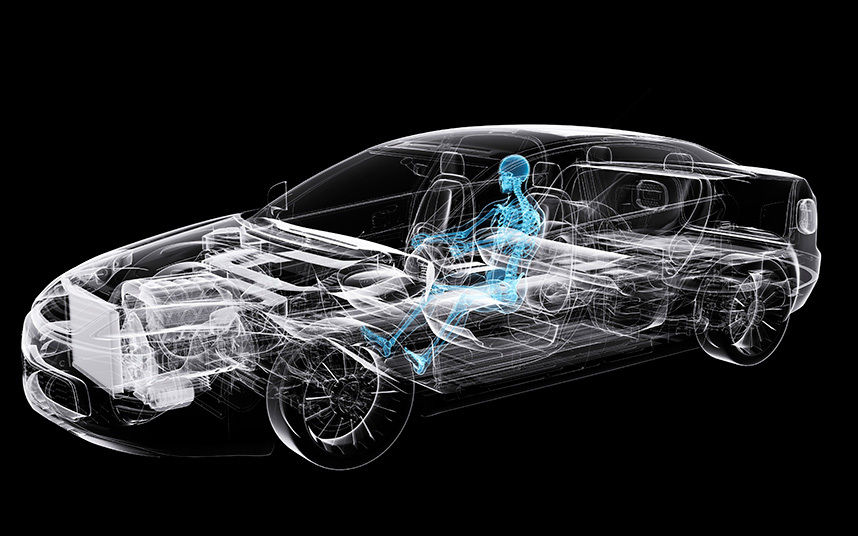
KUALA LUMPUR: According to WHO, 1.3 million people die every year due to road accidents, on an average this is 3,287 deaths a day. This number is largely contributed by developing countries due to ill-maintained roads and lack of mandatory safety features in vehicles. Driving daily with such odds can be heart-wrenching, but focusing a little on appropriate safety features in your vehicle, can eradicate such soaring chances on road accidents. Features in your car can make a world of difference in your life. While, customers today are blessed with a plethora of options to choose from, it has also become trickier to select the most suitable features for you. Some features help in improving your driving style also making it more comfortable, while others aid in crash safety. To relieve you from this difficult decision making, we at CarBay after meticulous research have gathered the must have car safety features, that you should definitely consider before buying a new car.
Anti-lock brakes (ABS):
The anti-lock braking system (ABS) has become an essential part of your car's safety feature. The ABS system is an active safety feature, and a key factor to avoid collisions and preventing accidents. The ABS prevents wheels from locking up during panic braking, allowing the market to maintain greater steering control. ABS uses an electronic control unit and multiple sensors to measure driver’s inputs and vehicle’s speed to reduce braking distance on both wet and dry surface and maintain vehicle’s control. To further enhance its use, latest ABS systems are also equipped with different types of assistance, reducing the chances of vehicle skidding, roll and loss of traction.
Electronic stability control:
Long, tiring drives can often exhaust the driver, snapping his attention. This can lead to car moving off-tack or leaving a driving lane – causing road accidents even casualties. Making driving secure and painless, automakers have installed an inventive technology - Electronic stability control, which is designed to assist drivers in maintaining control of their vehicles during extreme steering maneuvers. The ESC system has the ability to judge the vehicles direction, if the vehicle is starting to spin out or plow out, it automatically applies brakes and reduces engine torque to straighten the car out. The Electronic Stability Control enhances handling on gravel patches, such as road shoulders and improve traction on slippery or wet roads.
Air Bags:
With the ever increasing number of road accidents, air bags have become a key feature in your car. Now a days, even economic cars are integrated with two front air bags. The air bags comes with crash sensors that are connected to an onboard computer, which detects a frontal collision and triggers the bags. The bags inflate in a few milliseconds, preventing the occupants from hitting the dashboard, steering wheel, and windshield. While, even the cheap cars are equipped with front air bags and side air bags, playing a crucial role in reducing the risk that passengers will hit the door or objects that crash through it. Therefore, we recommend you to choose a car with both frontal and side airbags.
Traction Control:
Traction Control System is among the newest yet imperative safety feature in a car. In present time, almost all rear wheel drive cars come equipped with TCS for better handling. The traction system adapts sensors to monitor the speed level of each wheel – if the sensor detects a wheel spinning faster than usual – it automatically applies brake or alert the wheel to slow down. The TCS aids in limiting tire slip while accelerating in slippery or wet terrains. TCS employs electronic control system to restrict the power delivery to wheels, eliminating the chances of wheel slip or car drifting.
Reverse sensing system:
Many may sneer and say if you can’t reverse your car safely, you better not drive at all. But in big cities, with chaotic parking lots and unreliable attendants, it is better to repose faith in a reversing system. A proximity sensor in the rear portion of the vehicle senses when the vehicle gets too close to an object and warns the driver. The system is automatically activated when you engage reverse gear. Small sensors send and receive ultrasonic radio waves, which bounce off obstacles and alert you to their presence. A buzzer gradually increases in frequency as the vehicle approaches closer to the object. Some cars also have a visual-aid as an added help to ease parking woes.
Sell your car at the best price
 Verified and genuine buyers
Verified and genuine buyers
Trending & Fresh Updates
- Latest
- Popular
You might also be interested in
- News
- Featured Stories
Featured Cars
- Latest
- Upcoming
- Popular
Latest Car Videos on Zigwheels

